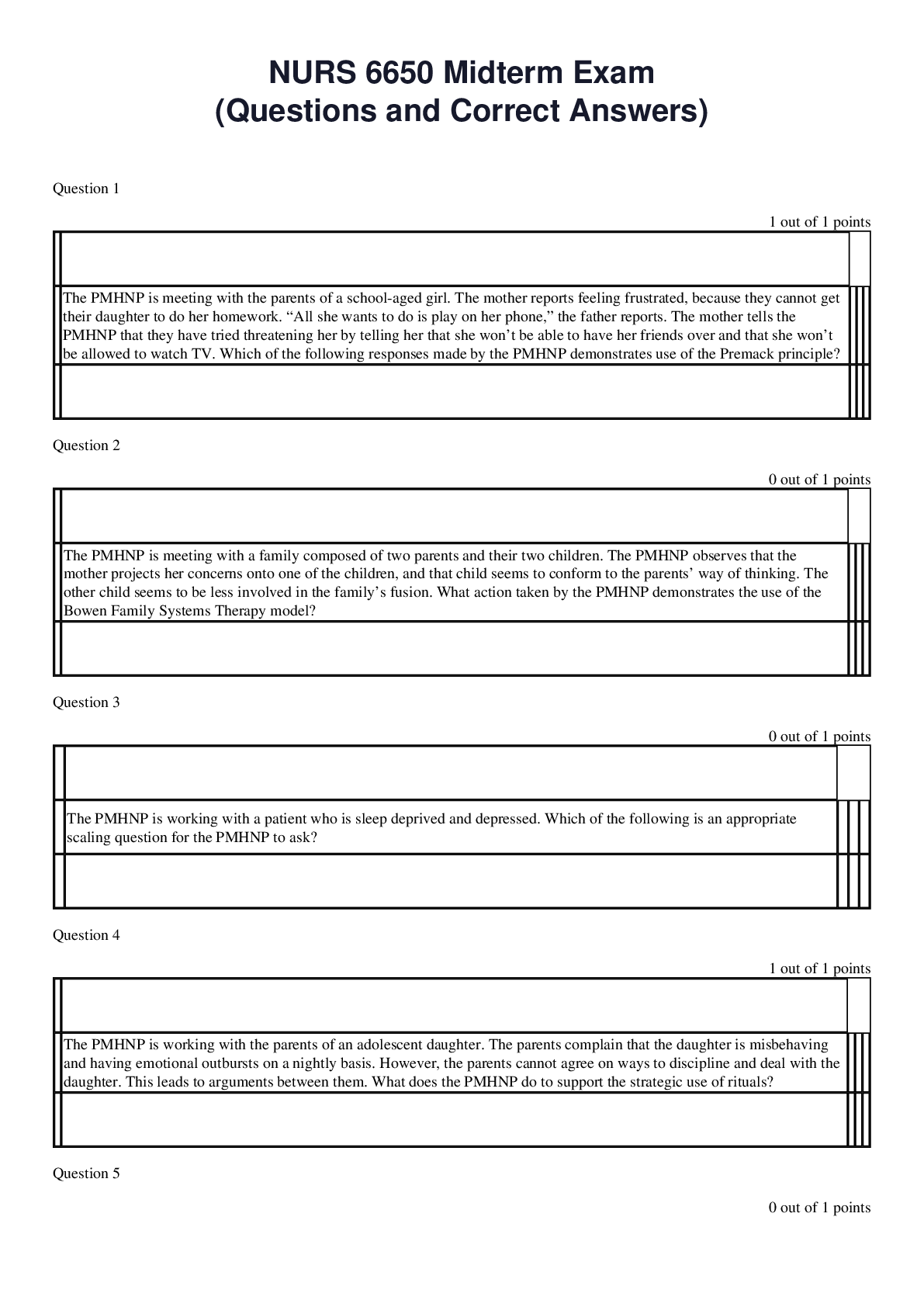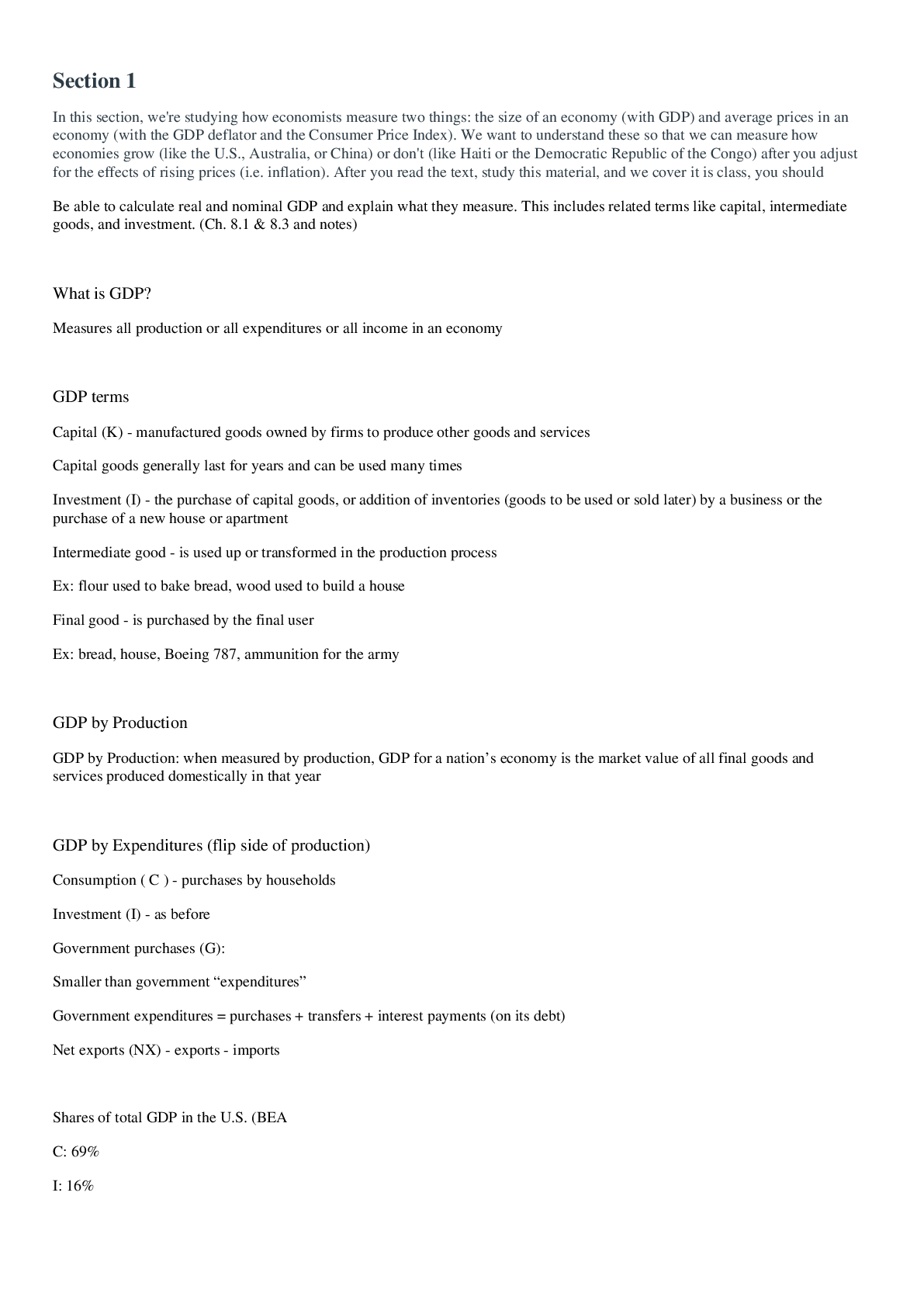Economics > EXAM > ECON 214 _Practice Test solution questions and correct answers docs 2020_2021 (All)
ECON 214 _Practice Test solution questions and correct answers docs 2020_2021
Document Content and Description Below
Practice Test solution questions and correct answers docs 2020 Chapter 15 During recessions A. workers are laid off. B. factories are idle. C. firms may find they are unable to sell all they produce. ... D. All of the above are correct. Which of the following typically rises during a recession? A. investment. B. unemployment. C. tax revenues. D. new home construction. Real GDP A. moves in the opposite direction as unemployment. B. increases as production falls. C. falls when households save a smaller fraction of their income. D. All of the above are correct. Which of the following is correct concerning recessions? A. They come at fairly regular and predictable intervals. B. They are associated with comparatively large increases in investment spending. C. They are any period when real GDP growth is less than average. D. They tend to be associated with rising unemployment rates. A. do not affect real output. B. affect both nominal and real output C. do not affect nominal output. D. affect neither nominal nor real output. Most economists believe that money neutrality A. does not hold in the short run. B. does not hold in the long run. C. does not hold in either the short run or long run. D. holds in the short run and the long run. The model of aggregate demand and aggregate supply explains the relationship between A. the price and quantity of a particular good. B. unemployment and output. C. wages and employment. D. real GDP and the price level. Aggregate demand includes A. the quantity of goods and services the government, households, firms, and customers abroad want to buy. B. neither the quantity of goods and services the government, households, nor firms want to buy nor the quantity of goods and services customers abroad want to buy. C. the quantity of goods and service the government wants to buy, but not the quantity of goods and services households, firms, or customers abroad want to buy. D. the quantity of goods and services households and firms want to buy, but not the quantity of goods and services the government wants to buy. A. an increase in firms’ inventories. B. purchases of goods by households. C. firms’ purchases of newly produced machinery. D. government’s tax collections. Which of the following statements concerning the aggregate demand and aggregate supply model is correct? A. The aggregate demand and aggregate supply model is nothing more than a large version of the model of market demand and supply. B. The price level and quantity of output adjust to bring aggregate demand and supply into balance. C. The aggregate supply curve shows the quantity of goods and services that households, firms, and the government want to buy at each price. D. All of the above are correct. Aggregate demand includes A. only the quantity of goods and services households want to buy. B. only the quantity of goods and services households and firms want to buy. C. only the quantity of goods and services households, firms, and the government want to buy. D. the quantity of goods and services households, firms, the government, and customer abroad want to buy. Which of the following is included in the aggregate demand for goods and services? A. consumption demand B. investment demand C. net exports D. All of the above are correct. A. purchases of stock and bonds B. purchases of services such as visits to the doctor C. purchases of capital goods such as equipment in a factory D. purchases by foreigners of consumer goods produced in the United States The effect of an increase in the price level on the aggregate-demand curve is represented by a A. shift to the right of the aggregate-demand curve. B. shift to the left of the aggregate-demand curve. C. movement to the left along a given aggregate-demand curve. D. movement to the right along a given aggregate-demand curve. Which of the following adjust to bring aggregate supply and demand into balance? A. the price level and real output B. the real rate of interest and the money supply C. government expenditures and taxes D. the saving rate and net exports The aggregate-demand curve A. has a slope that is explained in the same way as the slope of the demand curve for a particular product. B. is vertical in the long run. C. shows an inverse relation between the price level and the quantity of all goods and services demanded. D. All of the above are correct. A. only consumption and investment B. only consumption and net exports C. only investment D. consumption, investment, and net exports A decrease in the price level A. increases the quantity of goods and services supplied in the short run. B. decreases the quantity of goods and services supplied in the long run. C. decreases the quantity of goods and services demanded. D. increases the quantity of goods and services demanded. Other things the same, a decrease in the price level makes consumers feel A. less wealthy, so the quantity of goods and services demanded falls. B. less wealthy, so the quantity of goods and services demanded rises. C. more wealthy, so the quantity of goods and services demanded rises. D. more wealthy, so the quantity of goods and services demanded falls. Other things the same, as the price level falls, A. the dollar depreciates. B. the interest rate rises. C. people feel less wealthy. D. All of the above are correct. Other things the same, as the price level rises, A. the dollar depreciates. B. the interest rate falls. C. people feel less wealthy. D. All of the above are correct. Other things the same, the aggregate quantity of goods demanded in the U.S. increases if A. real wealth rises. B. the interest rate rises. C. the dollar appreciates. D. All of the above are correct. Other things the same, the aggregate quantity of goods demanded decreases if A. real wealth falls. B. the interest rate rises. C. the dollar appreciates. D. All of the above are correct. Suppose a stock market boom makes people feel wealthier. The increase in wealth would cause people to desire A. increased consumption, which shifts the aggregate-demand curve right. B. increased consumption, which shifts the aggregate-demand curve left. C. decreased consumption, which shifts the aggregate-demand curve right. D. decreased consumption, which shifts the aggregate-demand curve left. Suppose a stock market crash makes people feel poorer. This decrease in wealth would induce people to A. decrease consumption, which shifts aggregate supply left. B. decrease consumption, which shifts aggregate demand left. C. increase consumption, which shifts aggregate supply right. D. increase consumption, which shifts aggregate demand right. Other things the same, when the government spends more, the initial effect is that A. aggregate demand shifts right. B. aggregate demand shifts left. C. aggregate supply shifts right. D. aggregate supply shifts left. Which of the following shifts aggregate demand to the right? A. the Federal Reserve buys bonds. B. a decrease in net exports due to something other than a change in domestic prices. C. an increase in household saving. D. All of the above are correct. Aggregate demand shifts right when the government A. decreases taxes. B. cuts military expenditures. C. repeals an investment tax credit. D. None of the above is correct. Which of the following is not a determinant of the long-run level of real GDP? A. the price level. B. the amount of capital used by firms. C. available stock of human capital. D. available technology The long-run aggregate supply curve A. is vertical. B. is a graphical representation of the classical dichotomy. C. indicates monetary neutrality in the long run. D. All of the above are correct. The position of the long-run aggregate supply curve A. is determined by resource usage and technology. B. is at the point where the unemployment rate is zero. C. shifts to the right when the money supply increases. D. is at the point where the economy would cease to grow. The long-run aggregate supply curve shifts right if A. immigration from abroad increases. B. the capital stock increases. C. technology advances. D. All of the above are correct. A. the capital stock increases. B. there is a natural disaster. C. the government removes some environmental regulations that limit production methods. [Show More]
Last updated: 1 year ago
Preview 1 out of 20 pages
Instant download

Buy this document to get the full access instantly
Instant Download Access after purchase
Add to cartInstant download
Reviews( 0 )
Document information
Connected school, study & course
About the document
Uploaded On
Mar 11, 2021
Number of pages
20
Written in
Additional information
This document has been written for:
Uploaded
Mar 11, 2021
Downloads
0
Views
175


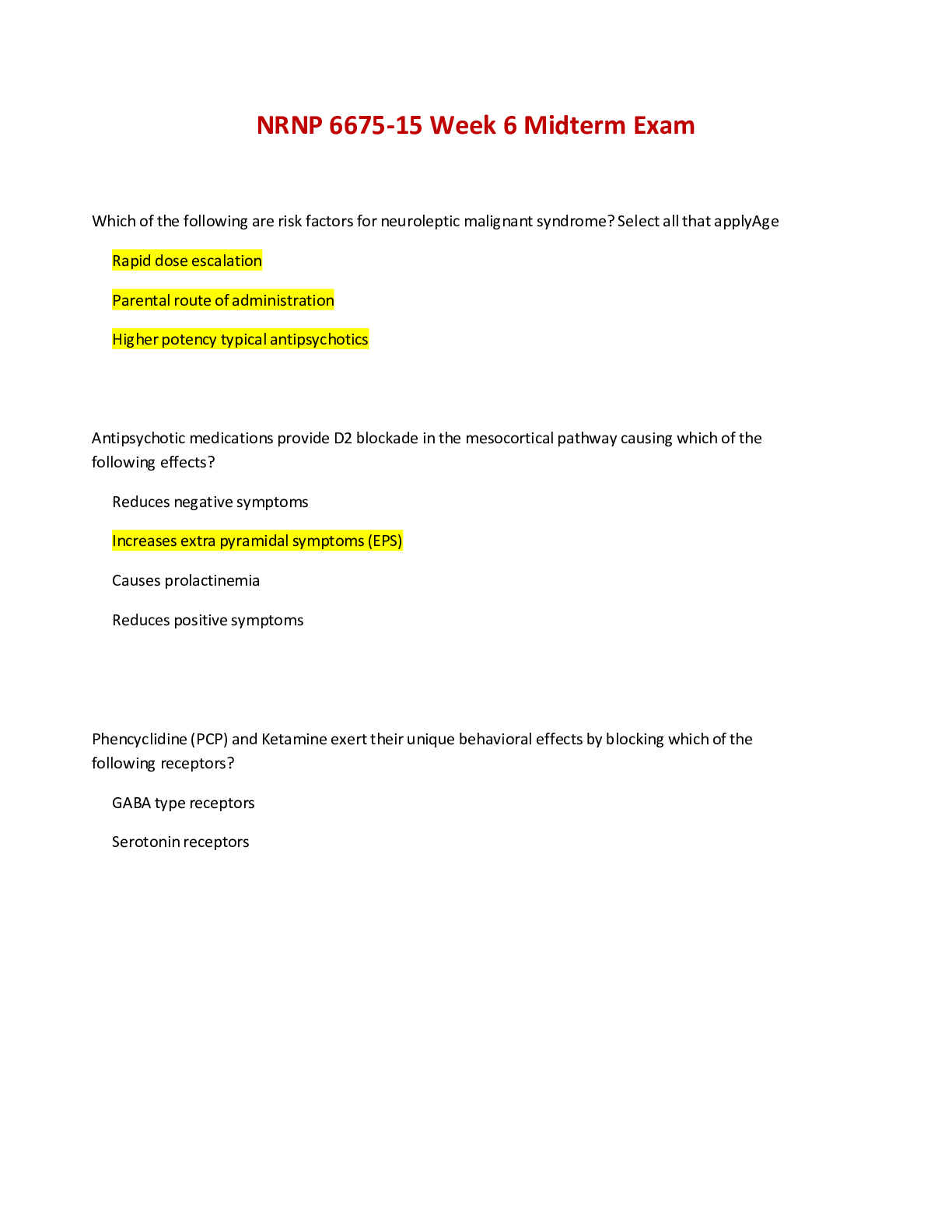
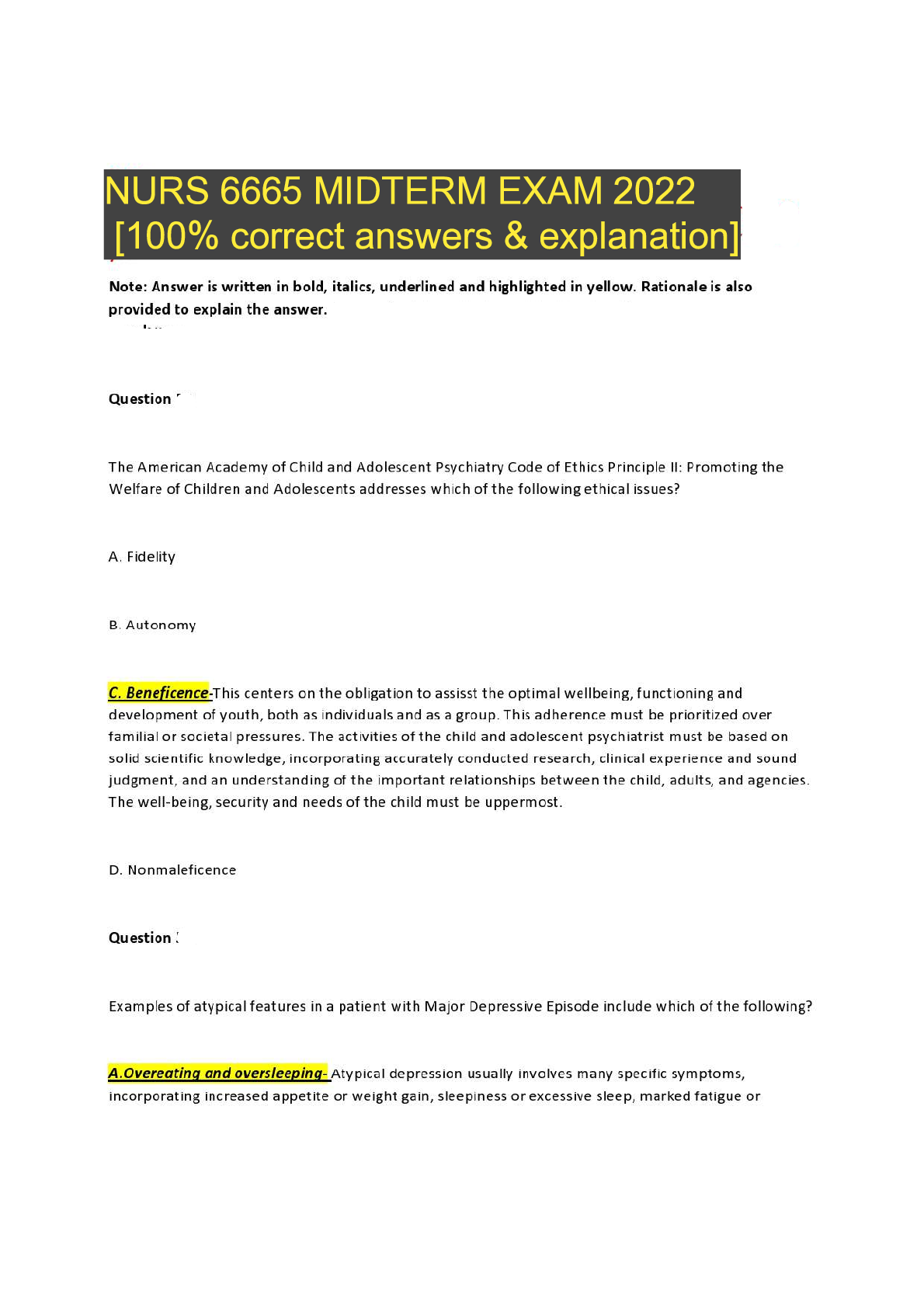
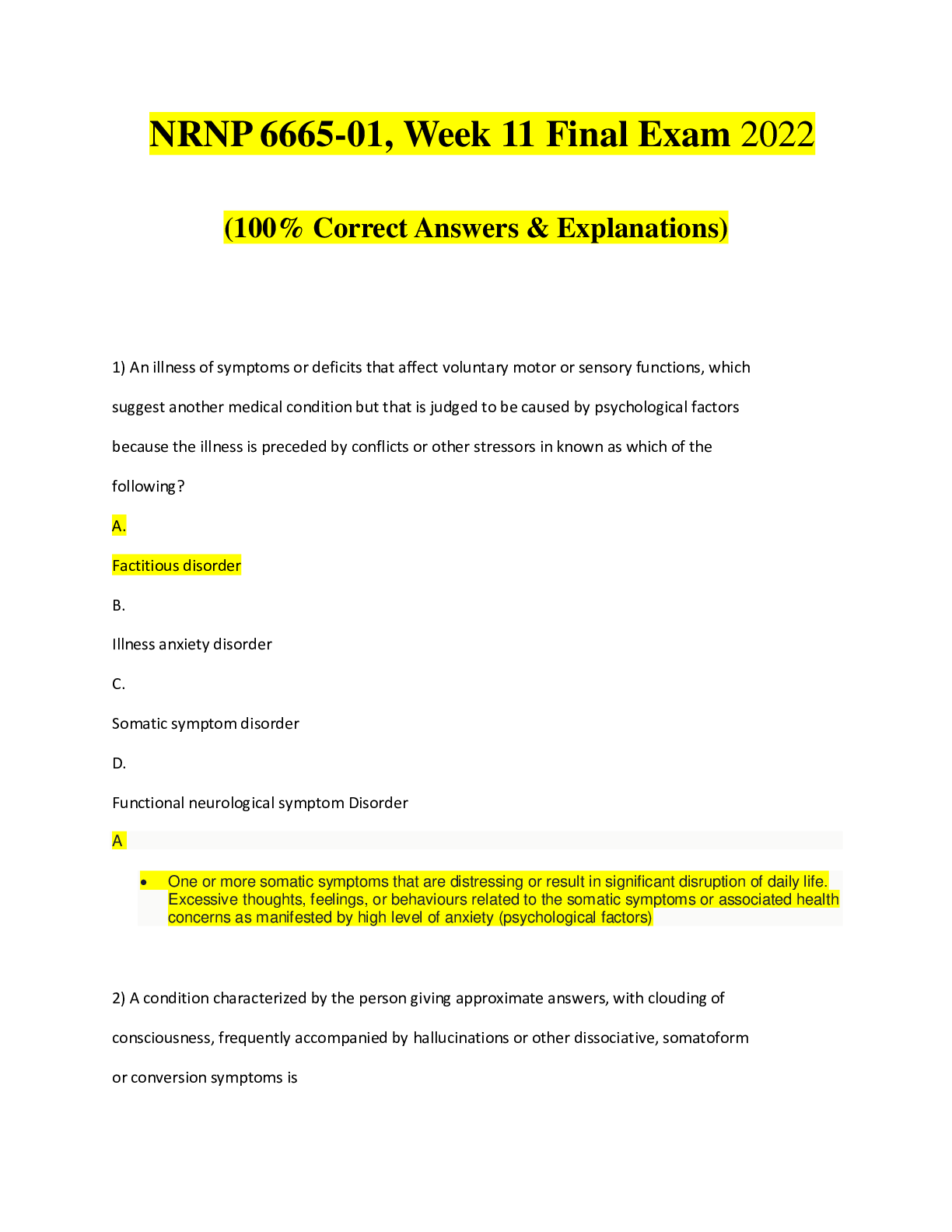
.png)
.png)
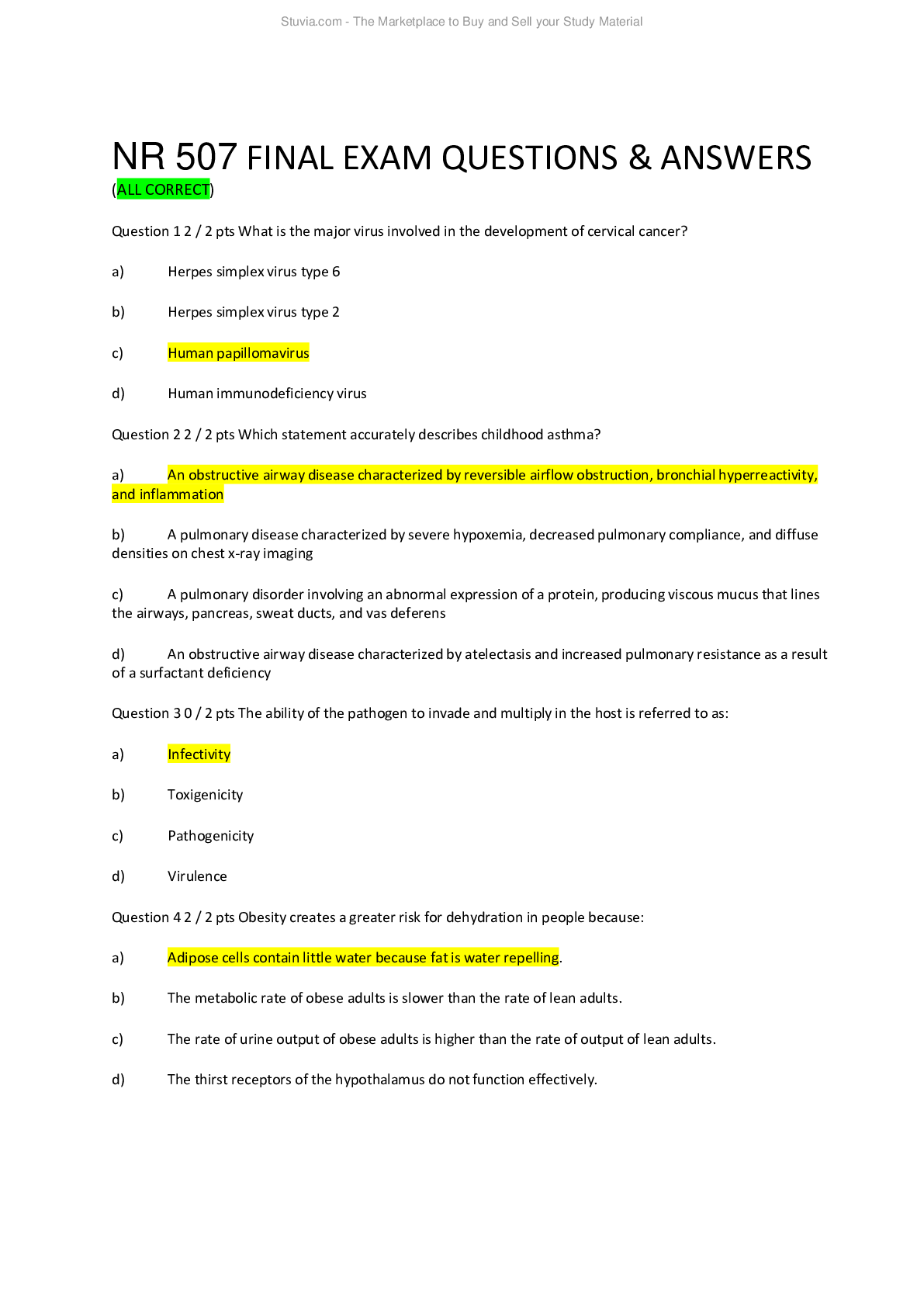
 (1)_removed.png)

_removed.png)



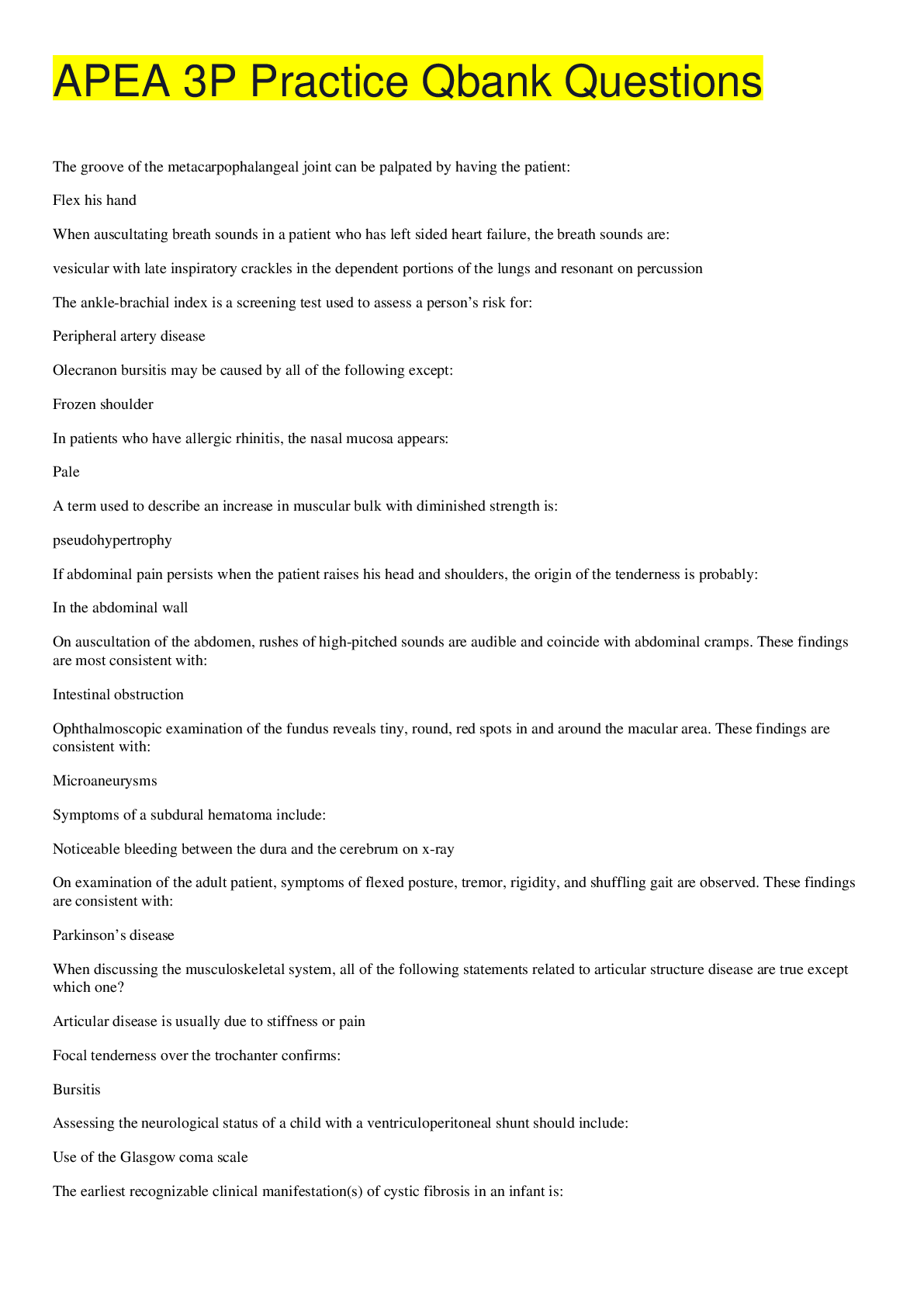


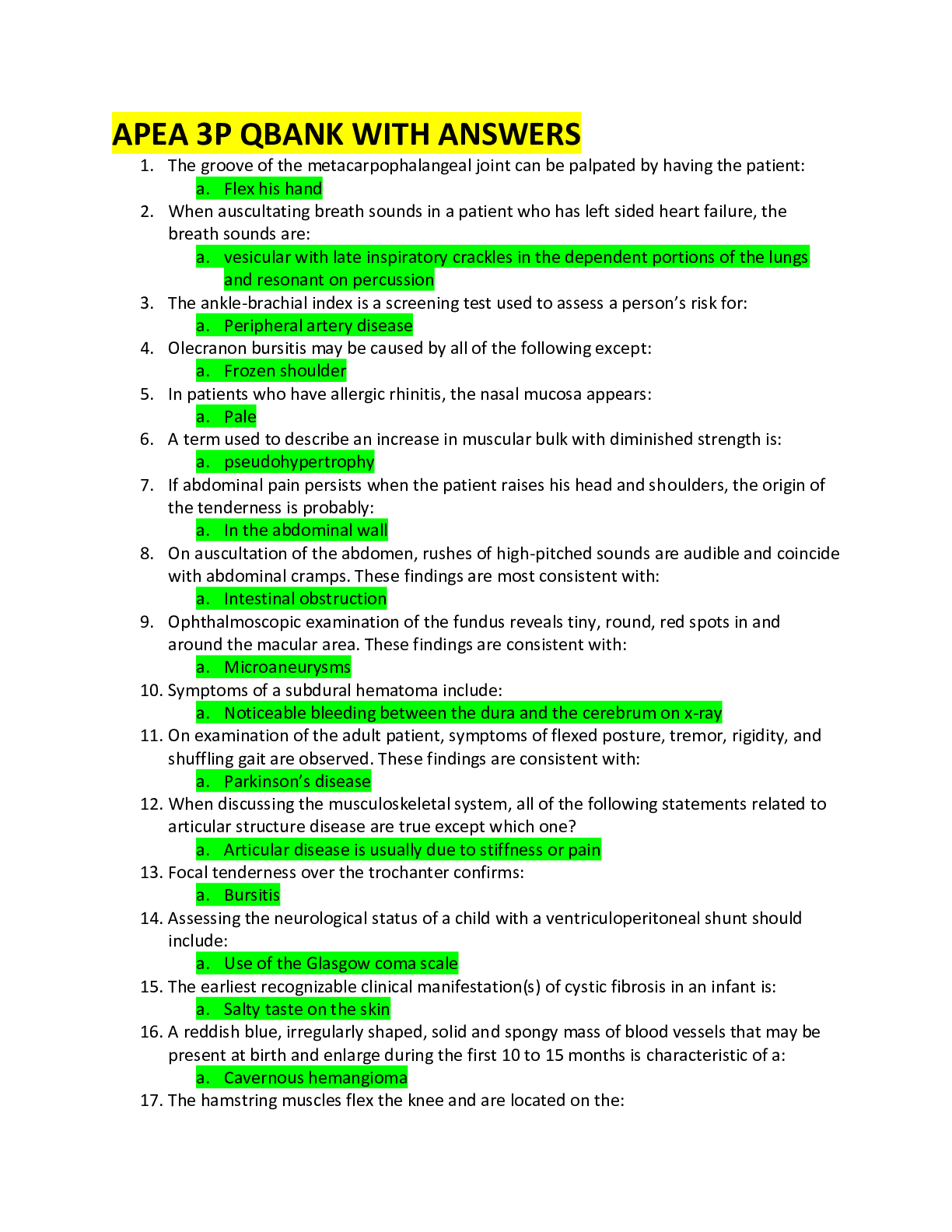
.png)
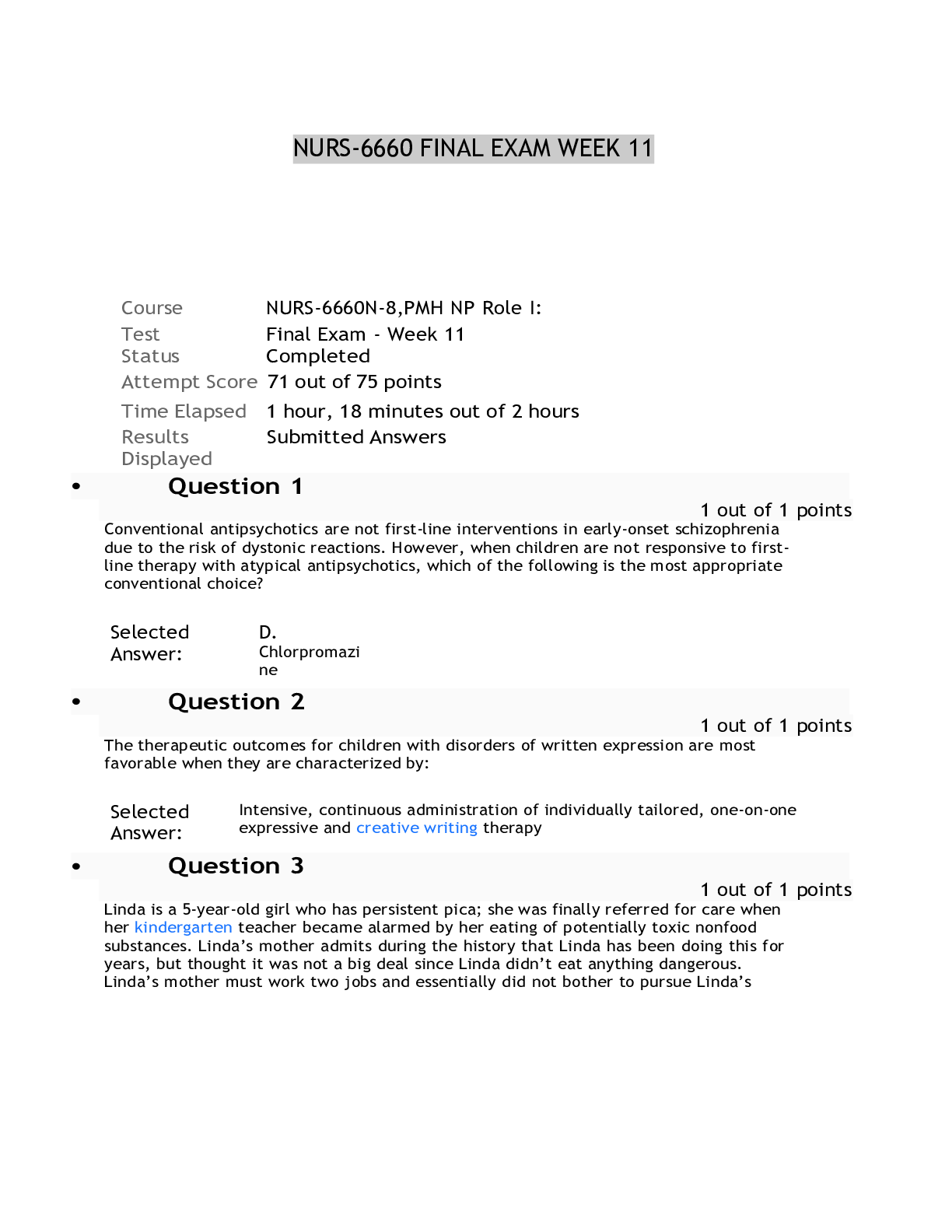
.png)

